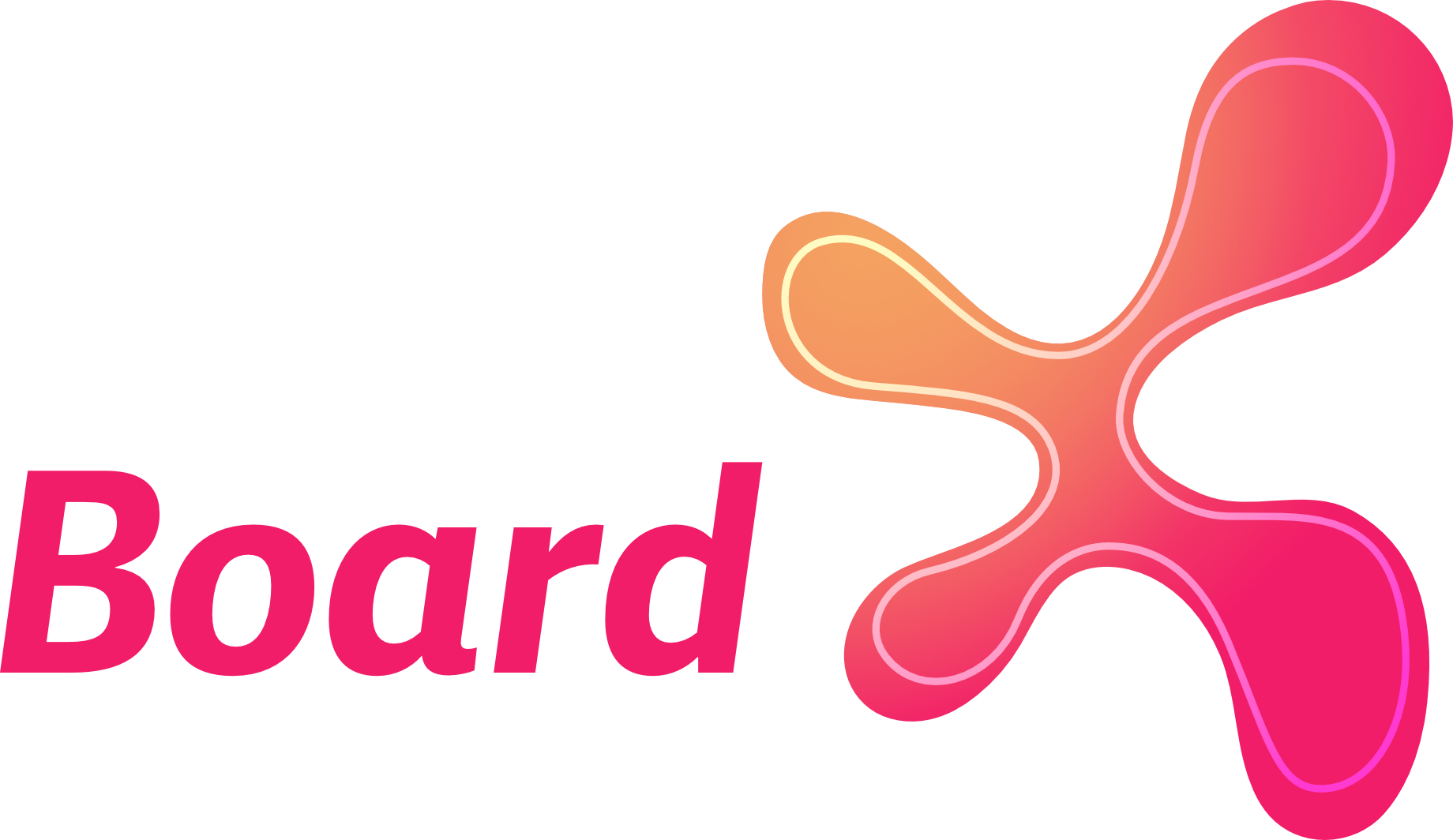Contextual Interview - Conduct interviews in the user’s environment.
Contextual Interview: A Step-by-Step Guide
Contextual Interviews involve observing and interviewing users in their natural environment to gain a deep understanding of their behaviors, needs, and pain points. This method provides rich qualitative data that can inform design decisions.
Step 1: Define Objectives and Scope
Clearly define what you aim to achieve with the contextual interviews and the scope of your study.
- Research Objectives: Specify the insights you want to gain, such as understanding user workflows, identifying pain points, or uncovering unmet needs.
- Scope: Determine the specific tasks or processes you want to observe and the environments you will visit.
Step 2: Identify and Recruit Participants
Select and recruit participants who best represent your target user group.
- User Profiles: Identify the key characteristics of your target users (e.g., demographics, roles, behaviors).
- Recruitment Methods: Use methods like email invitations, social media posts, or professional networks to find participants.
- Incentives: Offer incentives such as gift cards or monetary compensation to encourage participation.
Step 3: Prepare for the Interview
Preparation is crucial for conducting effective contextual interviews.
- Develop an Interview Guide: Create a list of key questions and topics that align with your research objectives. Keep the questions open-ended to encourage detailed responses.
- Observation Checklist: Prepare a checklist of behaviors, interactions, and environmental factors to observe.
- Equipment: Gather necessary equipment, such as a notebook, audio recorder, and camera (with participant consent).
Step 4: Conduct the Contextual Interview
During the interview, observe the participant in their environment while asking questions to understand their actions and thoughts.
- Build Rapport: Start with casual conversation to make the participant feel comfortable.
- Observe and Ask: Observe the participant performing tasks and ask questions to understand their actions and thought processes.
- Take Notes: Document key observations and quotes in your notebook.
- Record (with Permission): If possible, record the session for later review and analysis.
- Stay Flexible: Be prepared to adjust your questions and focus based on what you observe.
Step 5: Analyze Data and Extract Insights
After conducting the interviews, analyze the data to uncover patterns and insights.
- Review Notes and Recordings: Go through your notes and listen to recordings to capture all details.
- Identify Themes: Look for recurring themes, behaviors, and pain points.
- Synthesize Insights: Summarize the key insights and how they relate to your research objectives.
Step 6: Share Findings and Apply Insights
Share your findings with your team and apply the insights to inform your design decisions.
- Create a Report: Prepare a detailed report or presentation that highlights key insights, quotes, and observations.
- Visual Aids: Use photos, diagrams, and quotes to make your findings more engaging.
- Discuss with Your Team: Share the findings with your team and discuss how to integrate the insights into your project.
- Implement Changes: Use the insights to make informed design improvements or decisions.
Sample Interview Guide for Contextual Interviews
- Introduction
- Can you tell me a bit about your role and daily tasks?
- How long have you been using [product/service]?
- Task Observation
- Can you show me how you typically perform [specific task]?
- What steps do you take to complete this task?
- Are there any tools or resources you use?
- User Thoughts and Feelings
- What do you find most challenging about this task?
- How do you feel when you encounter these challenges?
- What features or changes would make this task easier for you?
- Environment and Context
- Can you describe your work environment and any factors that influence your work?
- How does your environment affect the way you use [product/service]?
- Wrap-Up
- Is there anything else you’d like to share about your experience with [product/service]?
- Do you have any suggestions for improving [product/service]?
Example Scenario: Conducting Contextual Interviews for a Project Management Tool
Objective: Understand how project managers use the tool in real-life settings to identify pain points and opportunities for improvement.
- Identify Participants: Recruit project managers from different industries who use the tool regularly.
- Prepare Guide and Checklist: Develop questions about their daily workflows, challenges, and tool usage, and prepare an observation checklist for their interactions with the tool.
- Conduct Interviews: Visit participants’ workplaces, observe their tasks, ask questions, and take notes.
- Analyze Data: Review notes and recordings to identify common themes, such as difficulties with task tracking or collaboration features.
- Share Findings: Create a report with key insights and recommendations, and present it to the development team.
- Implement Changes: Use the insights to prioritize feature improvements and design enhancements in the tool.
By following these steps, you can conduct effective contextual interviews that provide valuable, in-depth insights into your users’ experiences and environments, helping you create more user-centered designs.


Comments ()